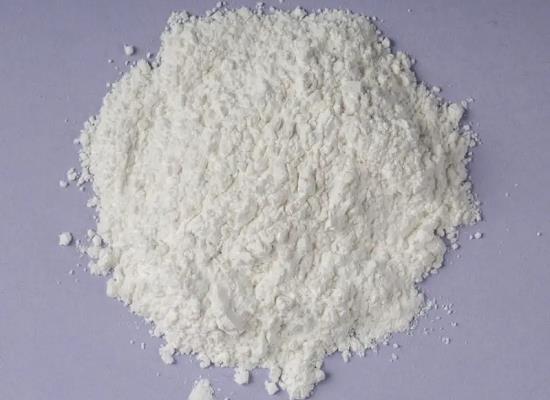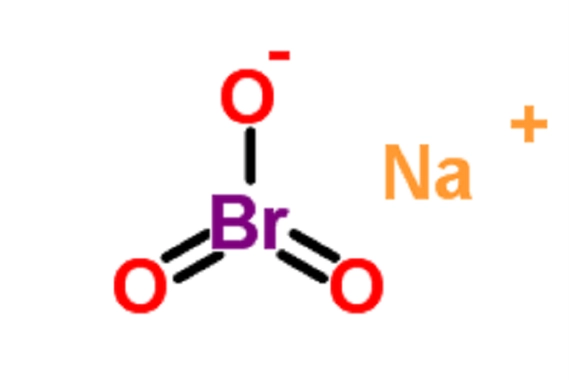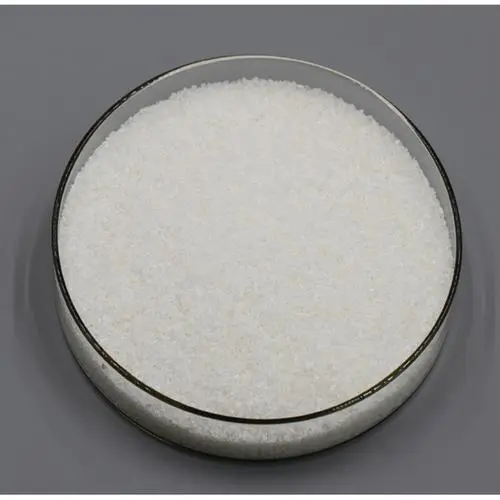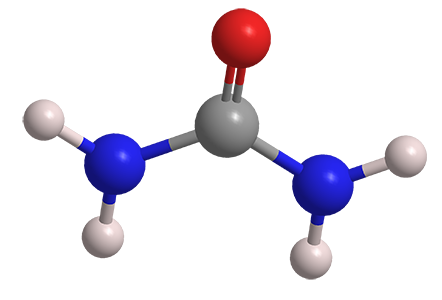Active Pharmaceutical Ingredients (API), popularly speaking, are the raw materials of medicines, only pharmaceutical raw materials are processed into pharmaceutical preparations , can they become medicines available for clinical use, so drugs we usually eat are the finished drugs through processing. Active Pharmaceutical Ingredients based on its sources can be divided into two major categories ,including chemical synthetic drugs and natural chemical drugs. Chemical synthetic drugs can be divided into organic synthetic drugs and inorganic synthetic drugs. Inorganic synthetic drugs are inorganic compounds ( very few is element), such as aluminum hydroxide, magnesium trisilicate which are used for the treatment of gastric and duodenal ulcers ; organic synthetic drugs are mainly composed of drugs made by basic organic chemical raw materials, through a series of organic chemical reactions (such as aspirin, chloramphenicol, caffeine, etc.). Natural chemical drugs ,based on its sources,can be divided into two categories including biochemical drugs and plant chemical drugs. Antibiotics are generally made by the microbial fermentation, which belongs to the biochemistry category. A variety of semi-synthetic antibiotics occurs in recent years,which are biosynthesis and chemical synthesis combining products.Among active Pharmaceutical Ingredients, the organic synthetic drugs varieties, yields and values have the largest proportion,which are the main pillars of the chemical and pharmaceutical industries. The quality of active Pharmaceutical Ingredients decides whether the formulation is good or bad , so its quality standards are very strict ,countries in the world have developed national pharmacopoeia standards and strict quality control methods for its widely used active Pharmaceutical ingredients.
How to synthesize Glasdegib?
Glasdegib was approved in 2018 for the treatment of newly diagnosed acute myeloid leukemia (AML) patients at least 75 years of age who are not appropriate candidates for intensive induction chemothera
Dec 28,2023 APIThe Pharmacodynamics and Synthetic method of Gilteritinib
Gilteritinib, an oral inhibitor of FMS‐like tyrosine kinase 3 (FLT3), is a standard treatment for FLT3‐mutated acute myeloid leukemia.
Dec 28,2023 API4-Formylbenzoic Acid: Versatile Building Block for Biomedical Applications with Catalyst Properties
4-Formylbenzoic acid is a white crystalline powder synthesized by the aerobic oxidation of aldehydes to carboxylic acids and serves as a catalyst for versatile biomedical hydrogels.
Dec 28,2023 APISodium bromate: Production, Uses and Toxicity
Sodium bromate is produced by passing bromine through a solution of sodium carbonate. Sodium bromate is used as an analytical reagent, for the oxidation of sulphur and reducing dyes, and for cleaning
Dec 28,2023 APIAre disinfectants containing tetraacetylethylenediamine safe?
The LC50 of the disinfectant to fish was 135.76 ppm and the LC50 of the disinfectant may be influenced by the pH of the water exposed to the disinfectant rather than by the dissolved oxygen in the wat
Dec 28,2023 APISodium sulfide: Uses and Safety
Sodium sulphide is commonly used in the pulp and paper industry for the manufacture of paper products. It is used as a bleaching agent and to remove lignin from wood pulp.
Dec 28,2023 APIThe Molecular Structure and Properties of Urea
Urea is a vital organic compound used extensively in various industries due to its unique molecular structure and properties. Understanding its structure is key to comprehending its reactivity and wid
Dec 28,2023 APIThe benefits of Kojic acid
Kojic acid is a small organic molecule with many potential applications, from pharmaceuticals to biopolymers and cosmetics.
Dec 28,2023 APIEthylhexylglycerin: A Reliable Ingredient Enhancing Cosmetic Products
Ethylhexylglycerin is a versatile, safe, and widely used ingredient in various cosmetic products, serving as a surfactant, preservative, skin conditioner, moisturizer, scalp cleanser, and stabilizer.
Dec 28,2023 API2-Chlorobenzaldehyde as a Metabolite of Riot Control Agent CS: Implications for Public Health
2-Chlorobenzaldehyde, a CS metabolite with moderate lipophilicity, is absorbed through the skin, eliminated via urine, and poses neurotoxic, dermatotoxic, and inhalation risks to humans.
Dec 28,2023 API












